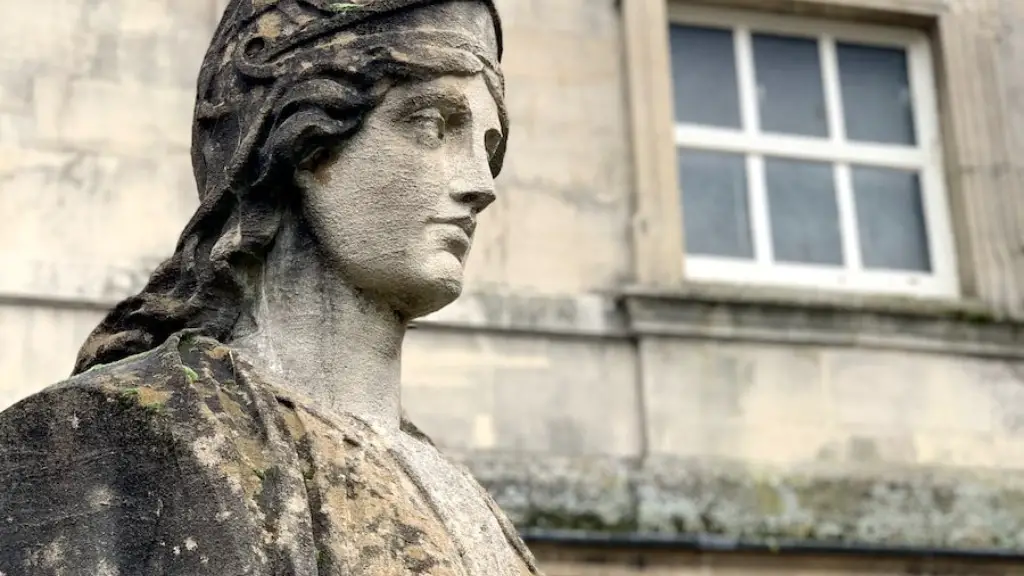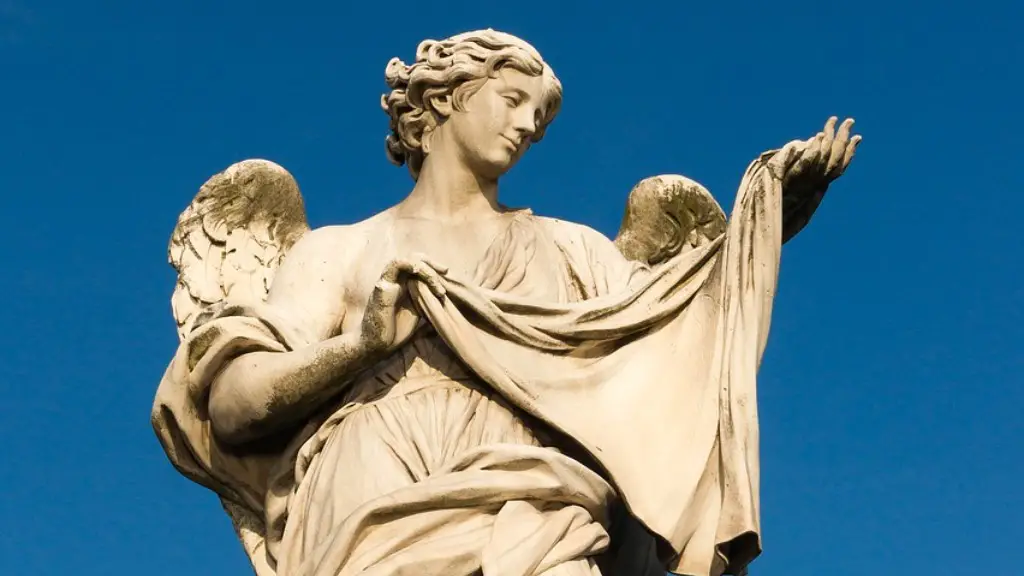Ancient Rome was a powerful and well-organized empire that was the predecessor of many of the countries we recognize today. With it came its own culture, traditions, and way of life. When it comes to Ancient Rome, it is difficult not to marvel at the progressive and sophisticated way of life that was created. This includes life for children in Ancient Rome, a period of time which reveals customs and values evolved over thousands of years.
Children in Ancient Rome were highly valued and their upbringing was no exception. Expectations of children were great and education was central to their existence. Parents sought out the best tutors, particularly for their sons, so they could gain the skills and knowledge necessary to be successful. There was a strong emphasis on parenting and the home environment was designed to benefit and nurture children. Children were expected to be obedient and respectful and there was a clear understanding that parental ideology and wisdom should be respected and followed as true and binding.
For the majority of children in Ancient Rome, playtime and entertainment was also central to their lives. Toys played an important role in recreation, with antiquity collecting more and more, toys that were suitable for children’s interests. Balls, dolls, and spears of all shapes and sizes often made from wood or terracotta, were the most popular among children. Despite the variety of toys, it was the simple elements of play, like running and playing tag, or even hide and seek, that provided the most entertainment.
While Ancient Rome was a great place to live and thrive in, no place is perfect and there were problems and limitations. One of the biggest problems was mortality and health. Medical knowledge had not yet been discovered and as a result, children often fell ill and struggled with disorders and illnesses that could not be easily accessed. This was particularly concerning because Ancient Rome was often rife with disease and starvation which posed further risk. Despite these limitations, there was an understanding that, with proper nourishment, exercise, and education, children could lead healthy and productive lives.
In conclusion, life for children in Ancient Rome was one rich with culture and the expectation that children embrace their learning and upbringing. From playtime and entertainment, to health, education and the home environment, children were well cared for and raised in a way that valued parental advice and wisdom.
Education
Education was highly valued and essential in Ancient Rome as it was seen as a requirement to be a contributing member of society. As such expectations of children were high and they were sent to the best schools with the most experienced tutors that money could offer. Education during this period was predominantly male, as emphasis was placed on boys completing an education in order to become successful citizens and carry on their family name. Although girls were not expected to attend school, home tutoring was provided for them to become knowledgeable and gain skills and qualifications as necessary.
Studies consisted of grammar, rhetoric, and poetry, as well as music and physical education. Literature and poetry played an important part of the education system, with studies in philosophy, history, science and mathematics also prevalent. Education for high ranking families focused on developing their legal and political knowledge and skills, while trades and crafts were taught to the lower classes.
Exercises were also made compulsory in order to maintain their physical health. Running, swimming, and even fencing were some of the most popular sports amongst Ancient Roman children that were seen as essential to physical strength. It was also a chance for children to exercise, gain confidence and show-off their ability and potential.
Gender Roles
Gender roles were heavily enforced in Ancient Rome and a strict code of conduct had to be followed. In terms of behaviour, boys and girls were expected to act differently, although discipline was common to both. Boys were expected to take on more physical tasks and become skilled in matters such as politics and law; whereas girls had tasks that focused on the duties of home organisation such as mastering the art of weaving or needlework.
Toys also displayed a gender discrimination where boys were provided with action figures and weapons and girls with dolls and tools. This reflects the roles and responsibilities each gender had to maintain and live up to in order to be a successful Ancient Roman.
Social & Political Changes
Ancient Rome’s population was growing rapidly and the subsequent increase in wealth and overall strategy allowed for large-scale military campaigns. For the Ancient Roman Empire, this meant expansion, conquering, and subjugation of other nations. As such, it allowed for unprecedented social and political progress, bu also reduced its nuclear family structure and effected the lives of children greatly.
At the same time, Ancient Rome integrated many aspects of its conquered countries and adjusted its legislative and societal rules. This meant major changes for every Ancient Roman, including children. This period heralded the end of traditional Greek education, the Romanizing of the provinces and introduction of Latin as the official language of state documents.
Religious Beliefs
Religion was an essential part of Ancient Roman life and permeated every aspect of existence. It was so significant that children were not considered adults until they reached the age of 14 and at this point, they would take part in a ritual or ceremony known as Liberalia where they were presented with a bulla amulet. This amulet was meant to keep evil forces away and protect them as they transition from childhood to adulthood.
In the religious aspect of the home, the Roman Pantheon, or the collection of gods, was highly revered and families often worshipped gods for protection and guidance. Children were accustomed to the numerous festivals and parades that honored the gods and goddesses that remain an important part of Ancient Roman culture.
Leisure and Entertainment
Leisure and entertainment was important to Ancient Roman children and was an essential part of their lives. Children often took part in traditional games, many of which had been passed on from generation to generation or were inspired by popular Roman stories and culture. These said games included such activities like knucklebones or tossing small stones, as well as the popular dark and light game where boys threw spears to pass and girls struck small rings with sticks.
Children also enjoyed chariot racing, board games, and athletic events. In addition to the games, cultural festivals and entertainment was integral to the Ancient Roman way of life. Plays and poems that were performed in amphitheaters were popular amongst children and adults alike.
Legacy of Ancient Rome
As a culture, Ancient Rome gave a platform and shaped the way of life we recognize to this day. As such, children in Ancient Rome were highly valued, educated and encouraged to live a life full of culture and diversity. Their legacy remains and has been instrumental in the development of many of the world’s countries, both in terms of law, governance, and the arts.
Children of Ancient Rome were expected to value learning, uphold the traditions and customs of their society, and strive to be responsible and respectful members of their community. As such Ancient Rome has left behind a strong and strong-minded culture which still has an effect on the way we live and interact today.




